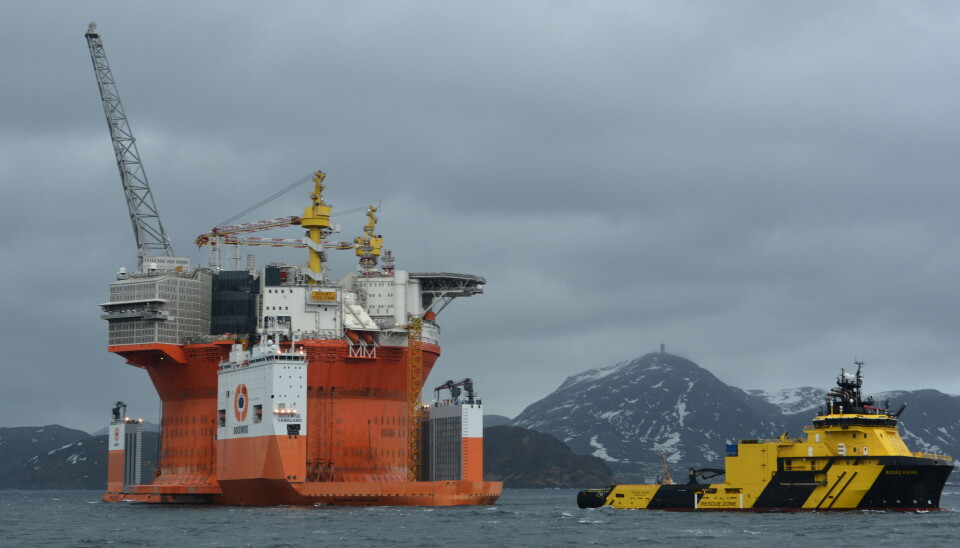
Only one new Barents Sea license to drill
The Norwegians’ loud voices for the Barents Sea to become a new big oil province seems to fade out before it hardly started.
The Ministry of Energy in Oslo offers 53 new production licenses on the Norwegian continental shelf in its latest licensing round.
Only one is in the Barents Sea. The others further south; 19 in the Norwegian Sea and 33 in the North Sea, the Government informs.
Although the Government says it is in the Barents Sea, the offered acreage (7122/7) is just on the edge where the Norwegian Sea meets the more shallow Barents Sea.
The license is awarded to Vår Energy as operator with Equinor holding a 35% share.
In the early 2000s, the Norwegian Government hoped for the Barents Sea and Arctic continental shelf to become a new petroleum province, but drillings after drillings over the last two decades have proven that there are much less oil north of Finnmark than geologists previously believed.
Last year, the ministry offered eight licences in the Barents Sea. Only one licence is the lowest number on the northernmost part of of Norway's continental shelf in 20 years, newspaper Dagens Næringsliv reports.
A production license gives the exclusive right to exploration, drilling, and extraction of petroleum within the geographical area of the license.
Acreage 7122/7 is part of the Goliat field where Vår Energy since 2017 has operated its floating production, storage and loading platform. Located at 71.30°North, some 80 km north of Hammerfest, the field is the world's northernmost in production offshore.
The "northernmost-record", however, will not last long.
A second oil field in the Norwegian sector of the Barents Sea, the Johan Castberg, is expected to start full production now in January. The production ship was towed north last fall to the field at 74.50°North, some 200 kilometers north of the mainland.
Russia has one offshore oil production platform in the Barents Sea. Operated by newly sanctioned Gazprom Neft, the Prirazlomnaya is located just south of Novaya Zemlya.
The Norwegian Government's announcement to offer 53 new oil licences comes some few days after climate scientists said 2024 became the world's warmest year on record.
Earth’s average land and ocean surface temperature in 2024 was 1,29 °C above the 20th-century average — the highest global temperature among all years in NOAA’s 1850-2024 climate record. It was 0,10 °C warmer than 2023, which was previously the warmest year on record, NOAA’s National Centers for Environmental Information said.
Burning of fossile fuels, like oil, is the main reason for the current sharp increase in climate gases in the atmosphere, leading to more extreme weather and longer term climate crisis for the planet.














